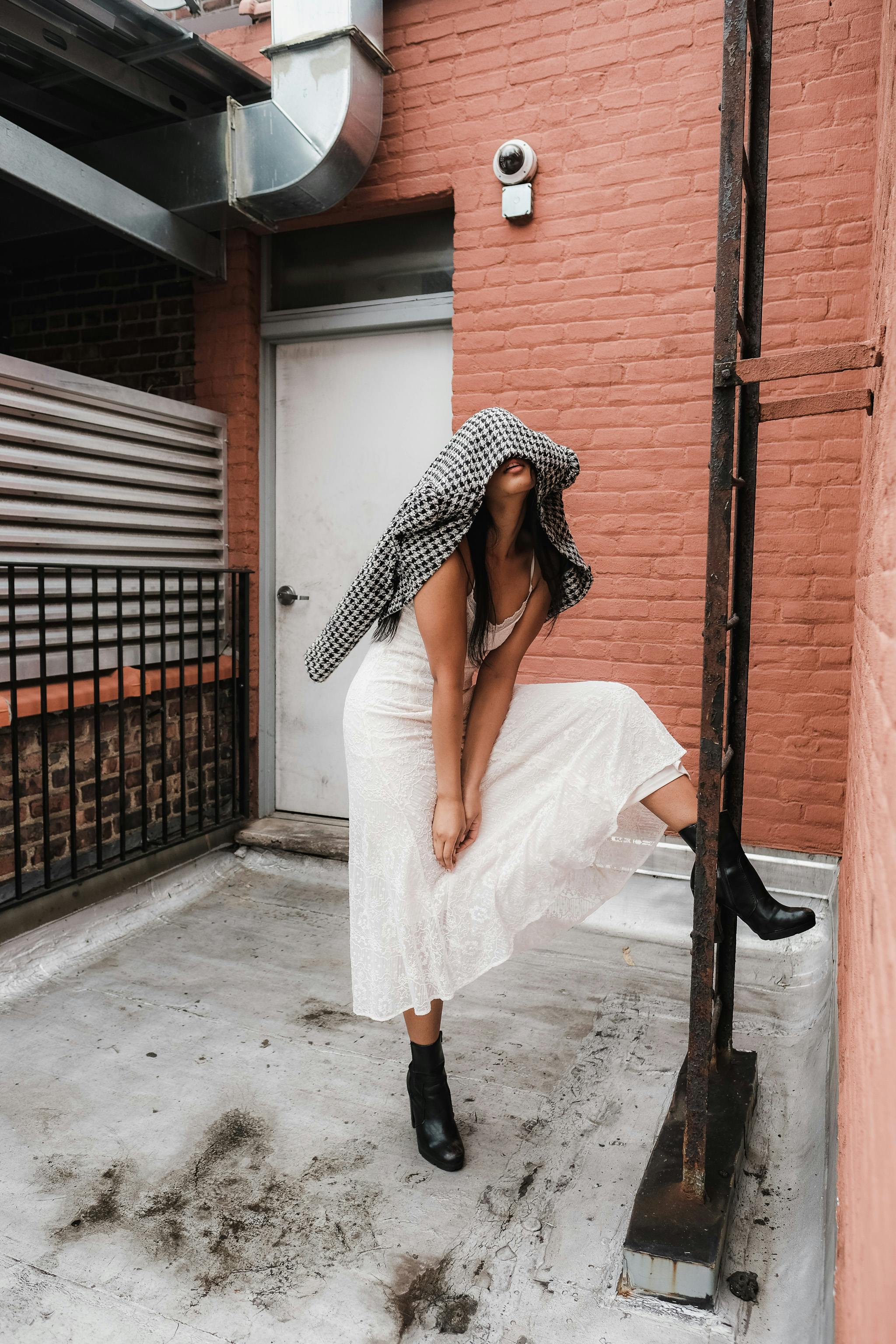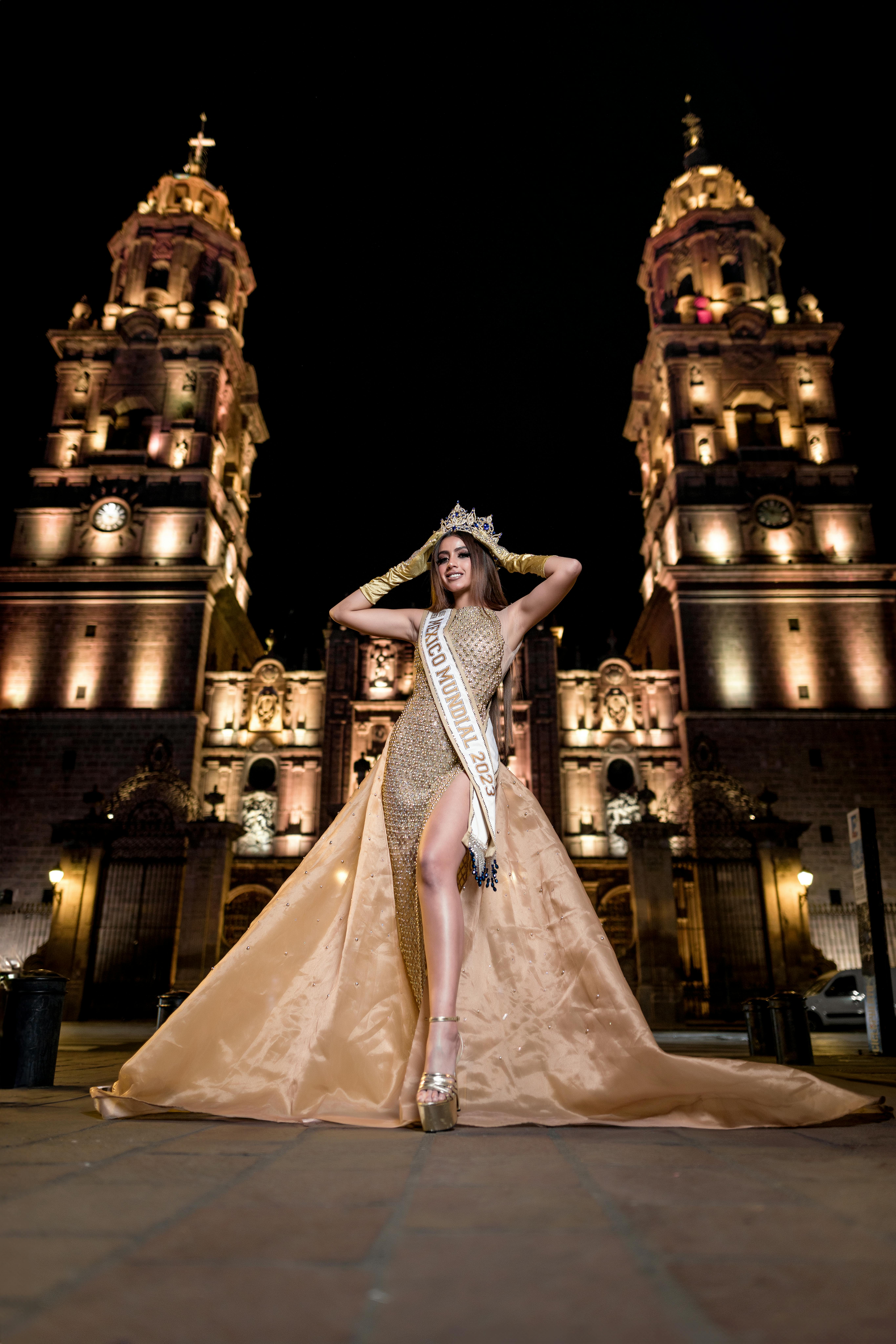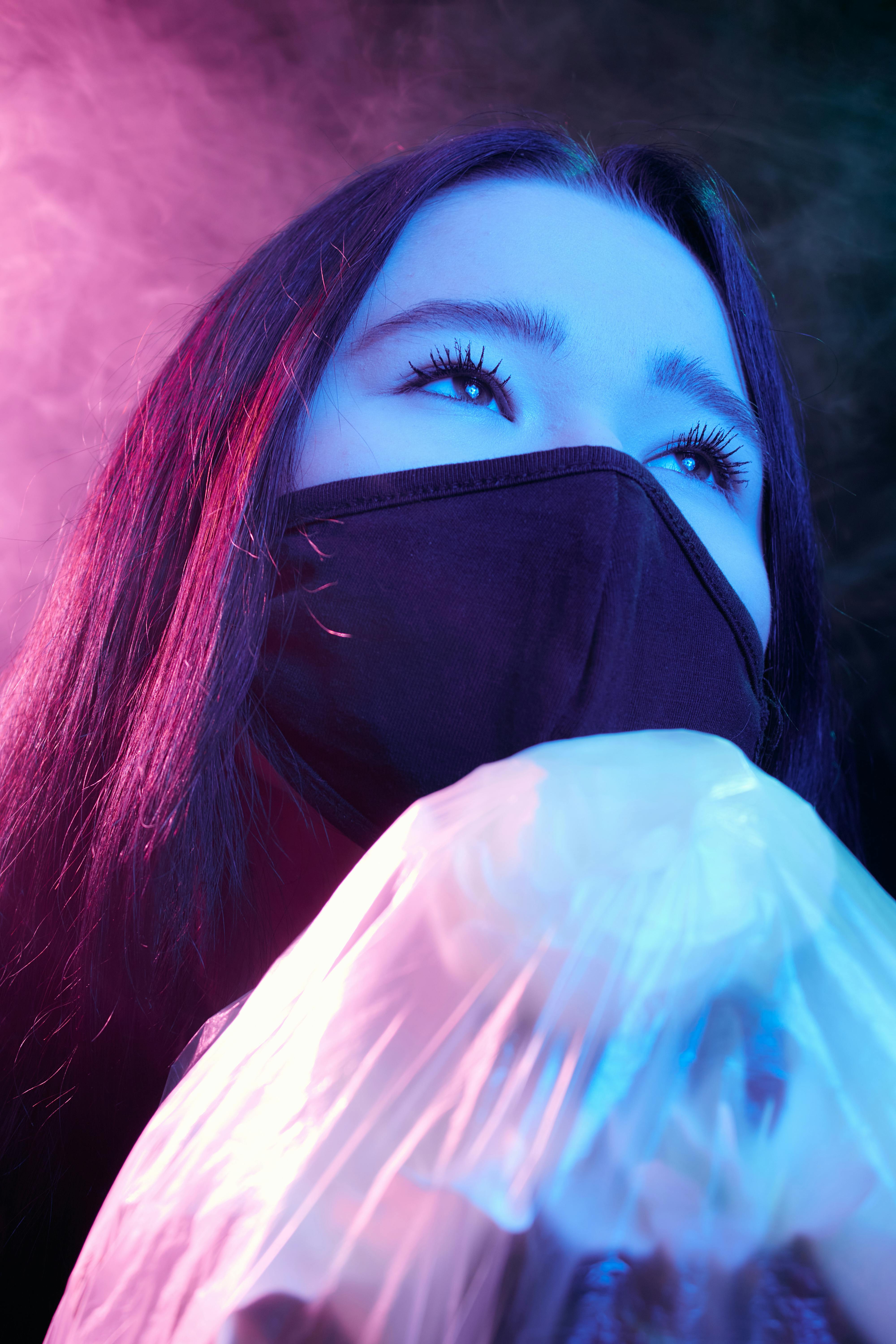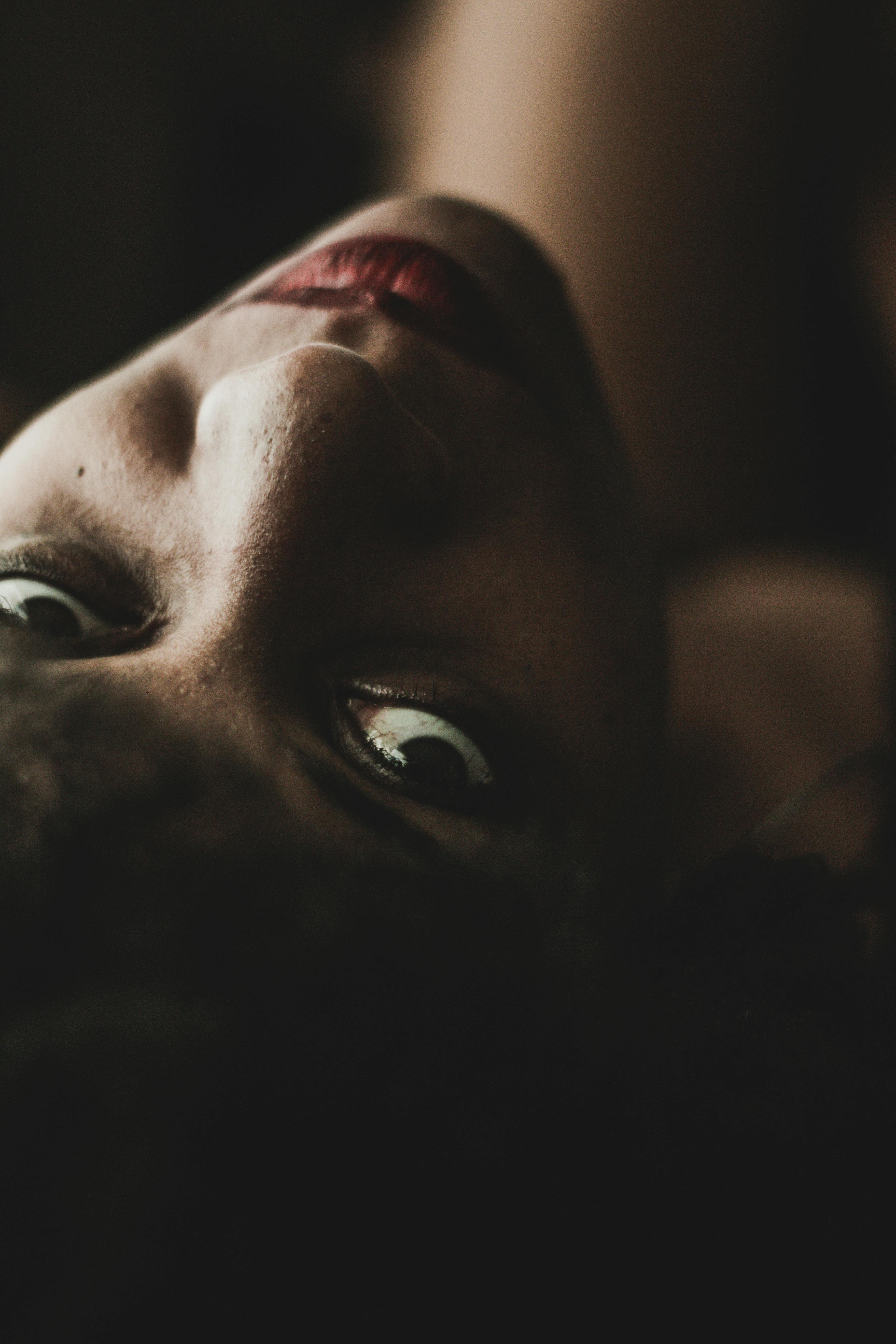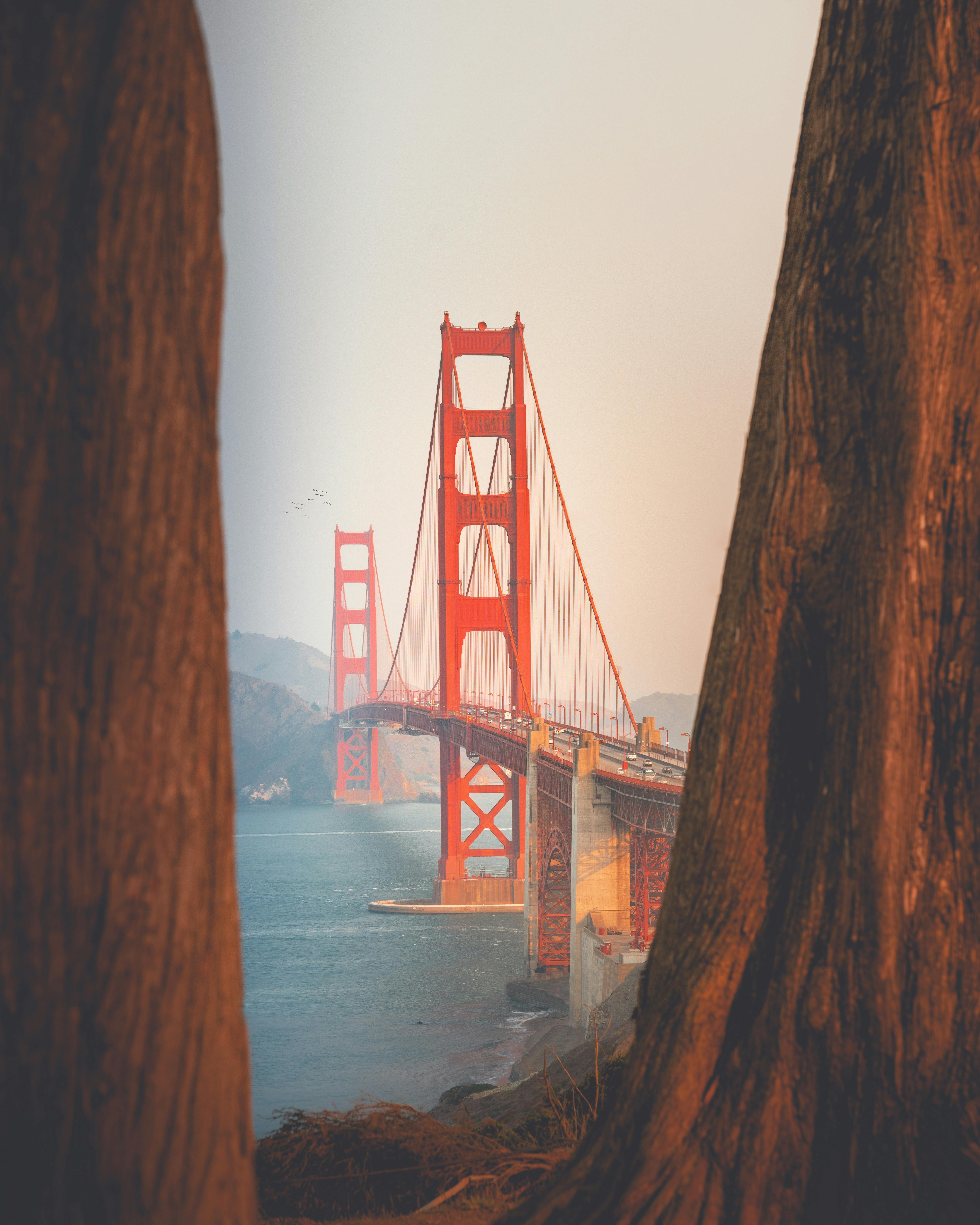Culture is a vibrant, ever-evolving tapestry woven from diverse threads. This post explores the fascinating connections between seemingly disparate elements – the opulent world of Rococo fashion, the dramatic power of opera, the storytelling of novels, and the rebellious energy of skateboarding – to illustrate how cultural shifts manifest in unexpected ways.
Rococo Elegance: A Reflection of Societal Values
The Rococo period (roughly 1720-1780) saw an explosion of elaborate ornamentation and playful asymmetry in art, architecture, and fashion. Think pastel colours, intricate lace, and flowing silks. This aesthetic reflected the aristocratic lifestyle of the time, emphasizing luxury, leisure, and a rejection of the strict formality of the preceding Baroque era. The frivolous nature of Rococo fashion mirrored a society increasingly focused on pleasure and individual expression before the storm of revolution.
From Page to Stage: Novels and Opera's Cultural Impact
The rise of the novel during this period provided a window into the lives and experiences of various social classes, furthering societal reflection and debate. Simultaneously, opera, with its dramatic narratives and emotional intensity, captivated audiences and became a powerful cultural force. Both novels and opera often explored themes of love, loss, and social injustice, contributing to a greater understanding of the human condition and fostering intellectual and emotional engagement across different societal levels.
Skateboarding: A Modern Cultural Force
Fast forward to the modern era, and skateboarding offers a compelling counterpoint to the aristocratic elegance of the Rococo period. Born from a rebellious spirit, skateboarding culture thrives on innovation, self-expression, and community. It stands as a powerful example of subculture challenging mainstream norms, a testament to how creativity can emerge from the margins of society. Its evolution mirrors our own contemporary understanding of artistic expression and rebellion.

